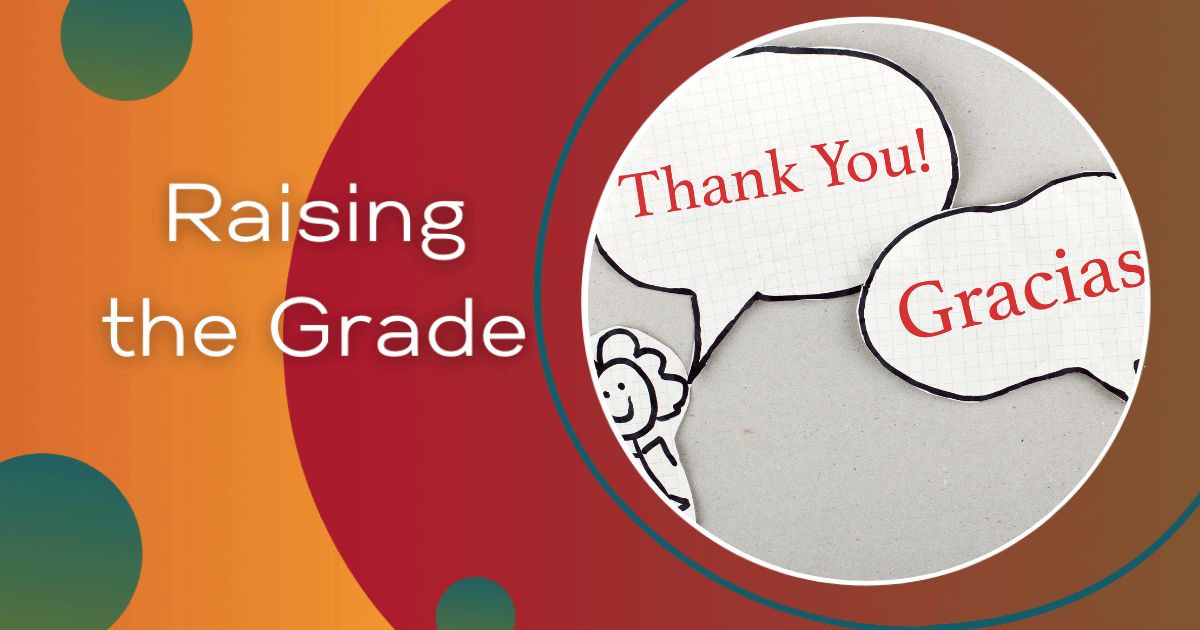I frequently tell my students that they are fortunate to attend a bilingual school. They receive half of their instruction in English and half in Spanish. My students truly will have an advantage when it comes to finding careers if they continue to learn and practice both languages. It’s practically a given that with knowledge of multiple languages comes more career options and higher salaries.
However, while they are receiving instruction in both languages, unfortunately the quantity and quality of Spanish resources doesn’t nearly match those of the English resources. In my classroom, when I’m working with small groups of students in Spanish, I feel as though it isn’t supplemented with technology. Many apps and videos that I’m able to find in English don’t exist in Spanish. If there are Spanish digital resources, they don’t match the number of resources as English. And in my search, I’ve found many Spanish ones that aren’t of good quality. (My Spanish is NOWHERE near fluent or perfect, so I’m not judging. But, I have had native Spanish-speaking colleagues confirm that the quality of many resources is disappointing. They say that the grammar and vocabulary aren’t always representative of standard Spanish. They’ve mentioned that these resources sometimes are poorly translated from English versions).
As a proponent of multilingualism, not only in education but in general, I’d like to see more resources of a better quality in languages other than English. If we’re setting the next generation up for success and incorporating language-learning into this model, there needs to be a nearly equal representation of resources and supplemental materials at their disposal. Only then, can they truly receive the full benefits of knowing multiple languages.
E. M. Jones
Fifth Grade Teacher
Bancroft Elementary School



